Building a garden bed for the first time can be daunting, especially on a restricted budget. Due to the high clay content in many areas of Georgia, raised beds are a popular choice. Elevating the garden allows you to fill the bed with higher quality soil with improved drainage and reduces disease risk. It also provides greater accessibility by minimizing the distance needed to bend over. However, these benefits can come at a greater cost compared to in-ground planting due to the materials required for the frame and the soil needed to fill it. Fortunately, DeKalb County offers resources that can help make the process more affordable. This guide aims to make raised-bed gardening more accessible by highlighting overlooked resources and simplifying the construction process.
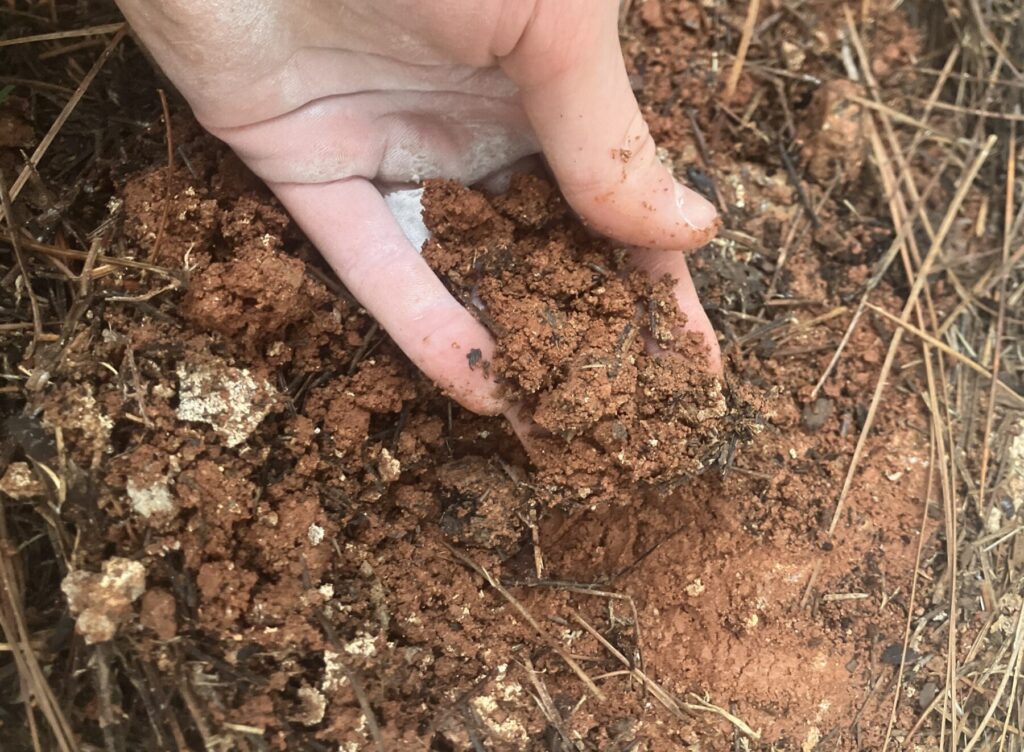
The basic supplies needed to build a raised bed include:
- Siding material
- Nails, screws, or brackets
- Soil / compost
- Fertilizer
- Plants or seeds
The overall cost will mainly be determined by its size. Taller and longer beds require more siding and soil to fill it. To plan your garden size, it helps to physically mark how long you want it to be so you can better visualize the space. Most gardeners prefer their bed to be a maximum of 3 ft wide to ensure they can easily reach their plants from the side.
Siding materials vary significantly in price. Some people purchase pre-assembled frames to avoid the assembly process, although this is likely the costliest option. Materials like metal or stone offer enhanced durability but can also be expensive. The list of potential materials is endless, but the cheapest ones are often recycled. Cinderblocks are a common choice, but don’t hesitate to get creative with what you already have on hand. Aside from recycled materials, wood is generally one of the most affordable options. Its longevity in your garden depends on the type of wood and its level of rot resistance, but most kinds of lumber will last for at least several years (see Raised Bed Materials). Cedar is a popular choice due to its hardiness and natural rot resistance, while Douglas fir is favored for its affordability.
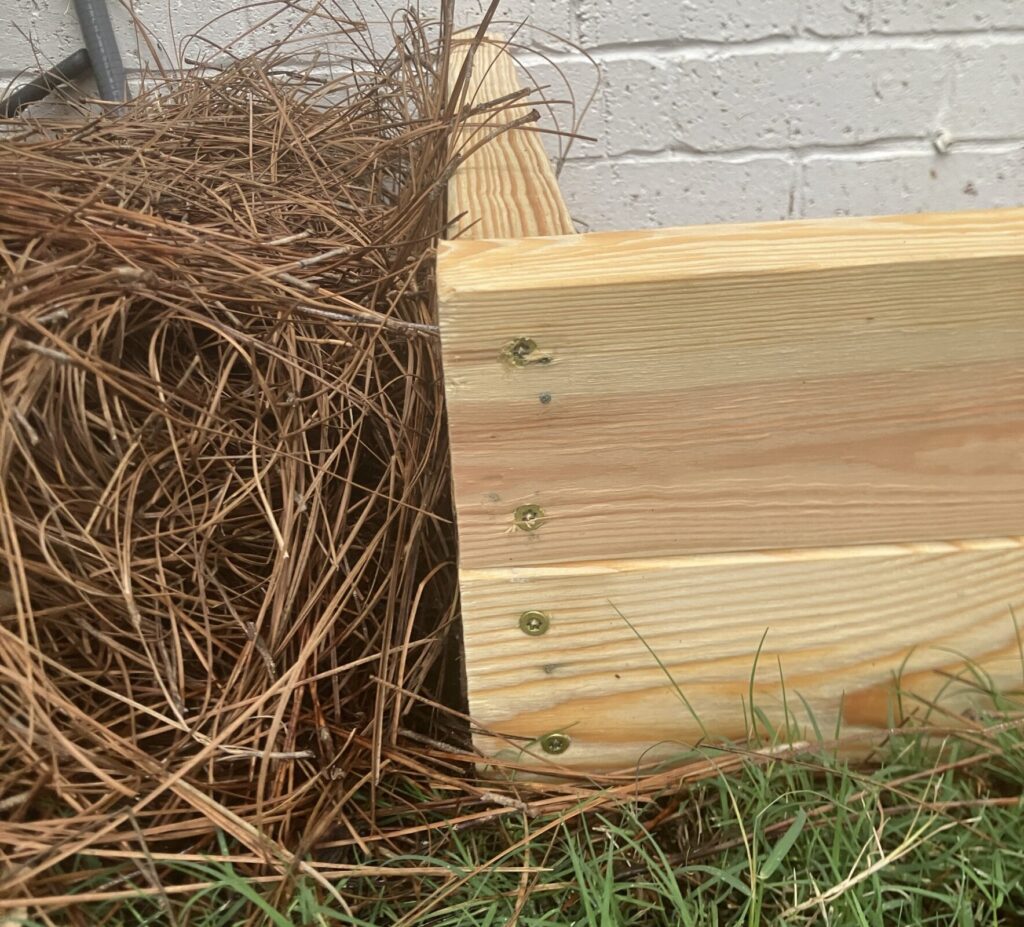
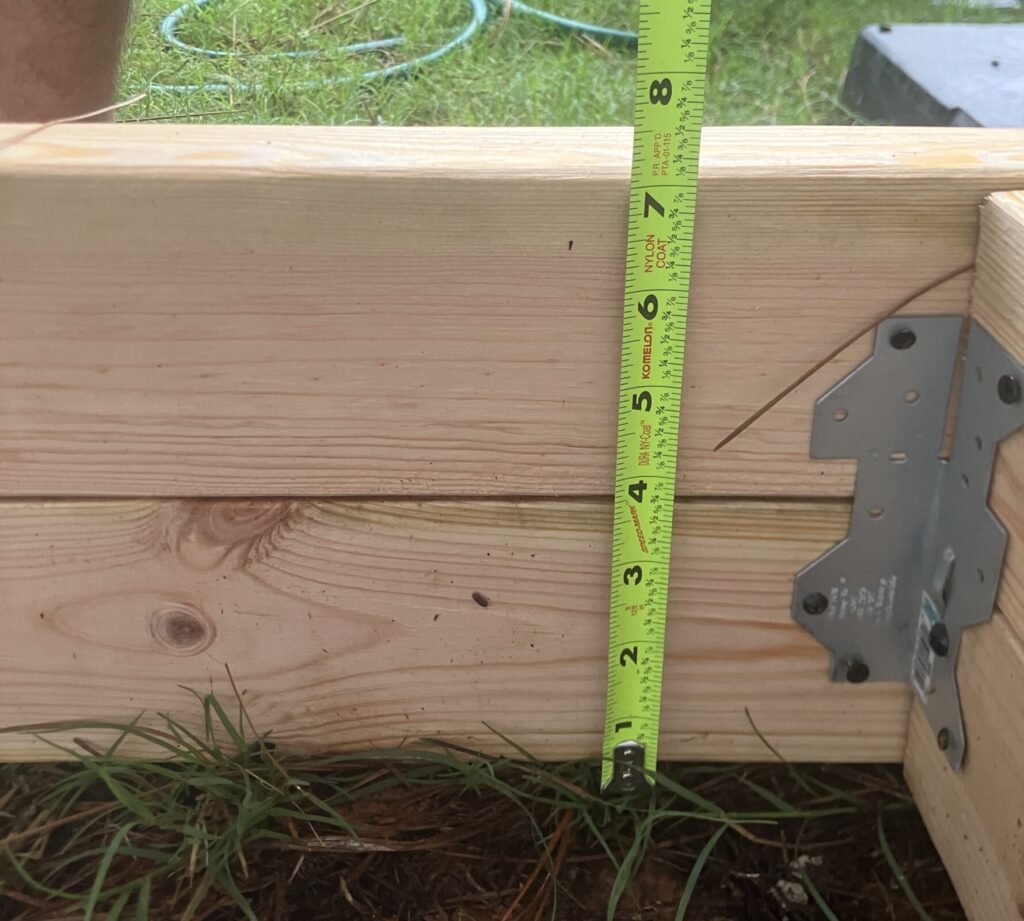
For the raised bed I recently assembled in my backyard, I used 2 in x 4 in planks of Douglas fir wood, assembled using screws with a metal bracket for added support. The final height measured to be 7 inches. Some gardeners choose to raise their beds higher or elevate them on blocks to make them easier to reach when standing or sitting. This can be a worthwhile investment for those who desire greater accessibility, but most vegetable plants only require about 10 inches of planting depth for healthy root growth. Certain crops, like potatoes, require more, and greater depth can never hurt. To increase the available soil depth for root growth, you can simply till into the native soil and mix it with your filler soil. For my 7-inch bed, I tilled 5-6 inches into the native soil to provide a greater planting depth.
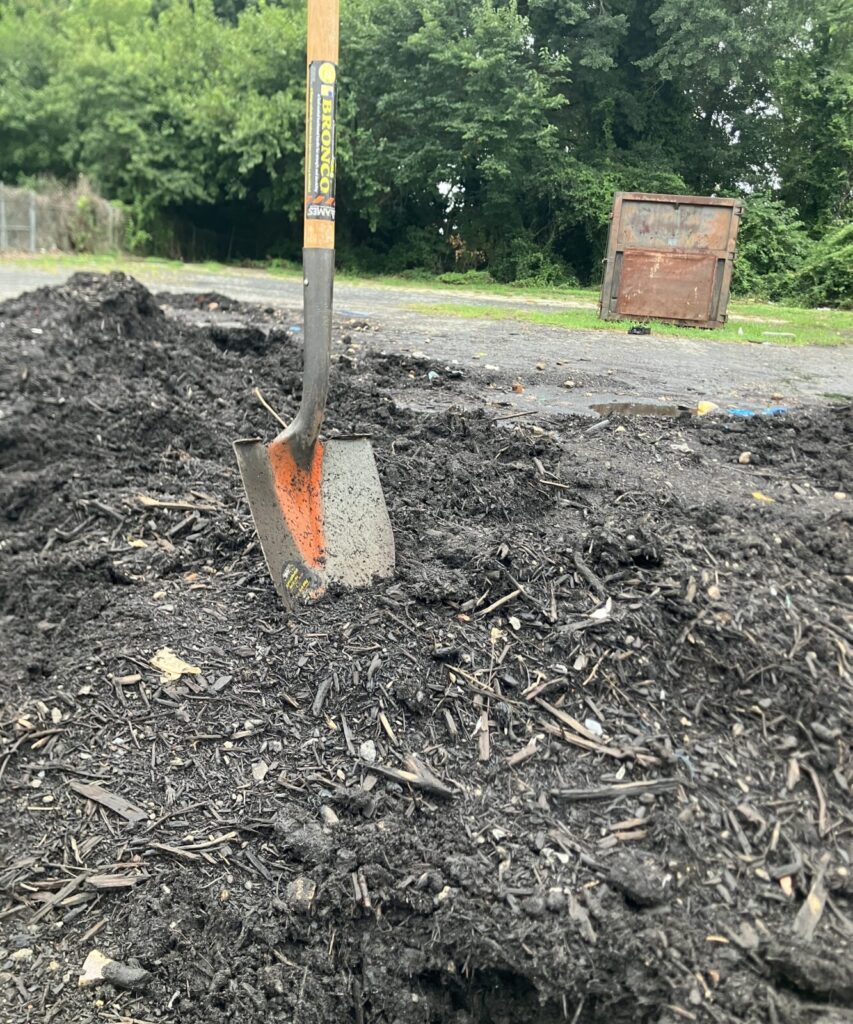
Many options exist for filling your garden bed, including bags of topsoil or soil mixes made specifically for raised beds. However, filling the bed with this exclusively can quickly add up in cost. A mix of native soil, compost, and some topsoil is usually best. Compost is a fantastic, nutrient-rich filler, and DeKalb County’s sanitation department offers free compost at several locations, including one on Memorial Drive right next to the Extension Office (DeKalb County Compost). We always recommended doing a soil test prior to planting since it is easier to amend your soil beforehand. Soil tests are available through our extension office and are $10 a sample.
Starting from seed will is generally more cost-effective than buying transplants. Our ANR agent, Caston Noorullah, is setting up a “seed bank” available this September at the DeKalb County Extension Office with donated seeds free to visitors. Currently, the limit is 5 seed packets per person.
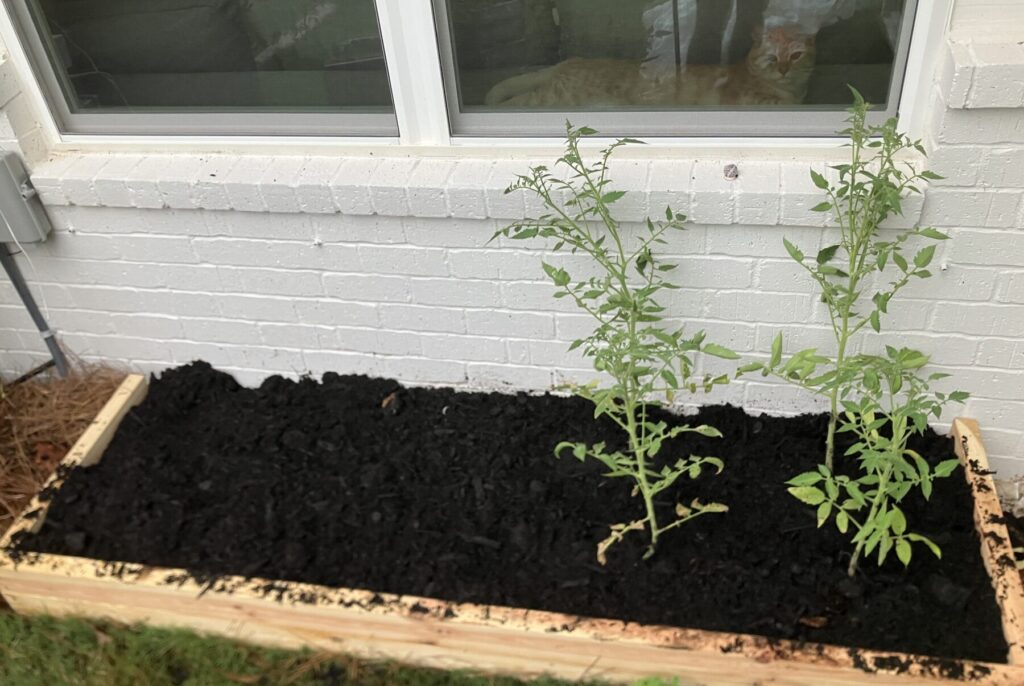
Sources and Additional Information:
Raised Bed Materials: https://fieldreport.caes.uga.edu/publications/C1027-5/raised-bed-materials/
Raised Bed Materials with Walter Reeves: https://www.youtube.com/watch?v=piHOZb1eg7I
Building a Raised Bed with Walter Reeves: https://www.youtube.com/watch?v=1cZZbOrUtFY
Raised Garden Bed Dimensions: https://secure.caes.uga.edu/extension/publications/files/pdf/C%201027-4_1.PDF
Starting a Garden from Scratch: https://cultivate.caes.uga.edu/starting-a-garden-from-scratch/index.html#:~:text=When%20filling%20raised%20beds%2C%20Ney,nutrients%20and%20water%2Dholding%20capacity.
DeKalb County Compost: https://www.dekalbcountyga.gov/sanitation/mulch-and-compost
Vegetable Planting Chart: https://extension.uga.edu/content/dam/extension-county-offices/forsyth-county/anr/vegetable_chart.pdf
Leave a Reply